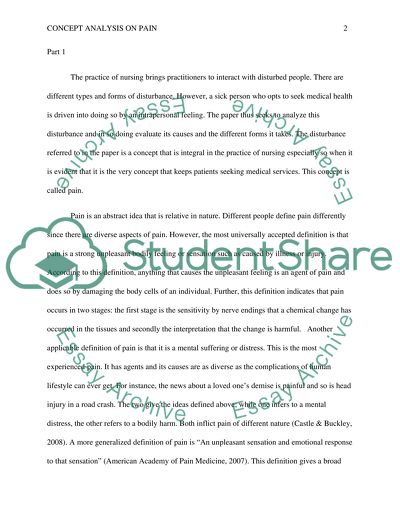Cite this document
(“Concept analysis on pain Essay Example | Topics and Well Written Essays - 1750 words”, n.d.)
Retrieved from https://studentshare.org/nursing/1462487-concept-analysis-on-pain
Retrieved from https://studentshare.org/nursing/1462487-concept-analysis-on-pain
(Concept Analysis on Pain Essay Example | Topics and Well Written Essays - 1750 Words)
https://studentshare.org/nursing/1462487-concept-analysis-on-pain.
https://studentshare.org/nursing/1462487-concept-analysis-on-pain.
“Concept Analysis on Pain Essay Example | Topics and Well Written Essays - 1750 Words”, n.d. https://studentshare.org/nursing/1462487-concept-analysis-on-pain.


